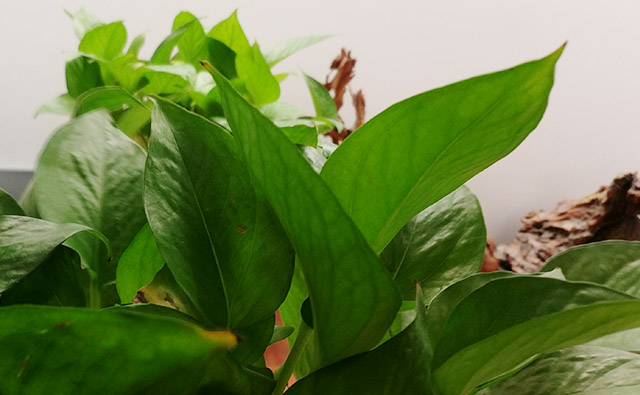Industry News, Feature Article, Company News, Agriculture & Feed, PR, Adjuvants
PINEYE™ EC emulsion: A new green antitranspirant adjuvant and its effect on plant diseases control

Industry News, Feature Article, Company News, Agriculture & Feed, PR, Adjuvants

On the agricultural adjuvant market, the plant antitranspirants were identified as metabolic type, film-forming type and reflecting type. PINEYE™ EC emulsion is an eco-friendly non-toxic and non-ionic film forming adjuvant, which forms an elastic film on the surface of plants and increases the diffusion resistance of stoma’s effects on water vapor and carbon dioxide (CO2), as well as decreases the content of moisture diffused into the air. Meanwhile, the properties of PINEYE™ EC emulsion change the leaf water potential and improve the photosynthetic rate during drought conditions.
| Type of Antitranspirant | Product |
| Metabolic (Stomatal closing) | Phenyl mercuric acetate(PMA), ABA, FA |
| Film forming | Cetyl Alcohol, Polyvinyl chloride, Ethyl alcohol, Polyethylene, Polypropylene |
| Reflecting | Kaoline, Kaolinite, Hydrated lime, Calcium carbonate, Magnesium carbonate, Zinc sulphate |
In the last 20 years, similar adjuvants mixed with fungicides showed results that the ingredients can be used as potentiating agent. The active ingredients of PINEYE™ EC emulsion were extracted from pine trees, which have friendly bioactive properties with the blade surface of plants. When PINEYE™ EC emulsion is mixed with water, the film features offer a supplementary permeability, which not only reduces the transpiration property of plants, but also help the fungicides access the hairy or waxy blade surface evenly. A test shows the improvement on the contact combination system between microdroplet and fungicides.
Downy mildew is a disease of the foliage, caused by a fungus-like organism. It is spread by airborne spores and moisture as the infection is favored by prolonged leaf wetness. (RHS Gardening) Especially during the rainy days in the late spring and early summer, the risk of infection is high because of the multiple rainfall and moderate to high temperatures. Downy mildew can reduce the yield by 20-40%. The disease causes serious economic losses to the growing industry.
According to reports on diseases from central and north China, after the invasion of the pathogen into the host, a large number of spores can be produced on the infected leaves when the incubation period is four to five days and the relative humidity is up to 83%. A study (Cohen Y, 1971) result shows that the temperature suitable for production and spreading of spores was 15-20°C. A Chinese researcher also proved that the content of leaf chlorophyll was proportional to the intensity of plant disease resistance (Yun Xingfu, 1993). PINEYE™ EC emulsion can reduce the stomatal opening and the transpiration rate of plants, as well as improve the structure mode of water. Under certain conditions, it also increases the content of leaf chlorophyll and improves plant disease resistance indirectly.
Disease control is further reduced through loss of fungicide due to wind and rain
Over the past half century, the disease control experience showed that downy mildew has been resistant to conventional fungicides such as Metalaxyl and fosety-Al (Wang Wenqiao, 2000). Bio-based fungicides have become the market trend and has achieved breakthrough in the prevention and control of downy mildew.
According to the mixing rate, PINEYE™ EC emulsion offers differences of purposes. It can be used as an extender, wetting dispersant, sticker, release control and antitranspirant. The spraying in early spring, late summer and autumn windy days can prevent the infestation by downy mildew effectively. The active ingredients will disinfect the number of spores and the density of the disease on the infected leaves. There are a few success stories from Egypt. PINEYE™ EC emulsion also has an inhibition effect on other plant disease control, such as Botrytis cinerea, cucumber target spot, avocado scab, leaf blotch and powdery mildew.
| Active Ingredient | Usage | Target Pest and Host |
| gamma-Terpinene |
|
|
| alpha-Terpinene |
|
|
| alpha-Terpineol |
|
|
| alpha-Pinene |
|
|
| beta-Pinene |
|
|
| Terpinolene |
|
|
| Para-cymene |
|
|
| Terpinen-4-ol |
|
|
| 1,8-Cineole |
|
|
| Citronella oil |
|
|
| Eugenol |
|
|
| Ocimene |
|
|
| Pine oil |
|
|
| Pine tar |
|
|